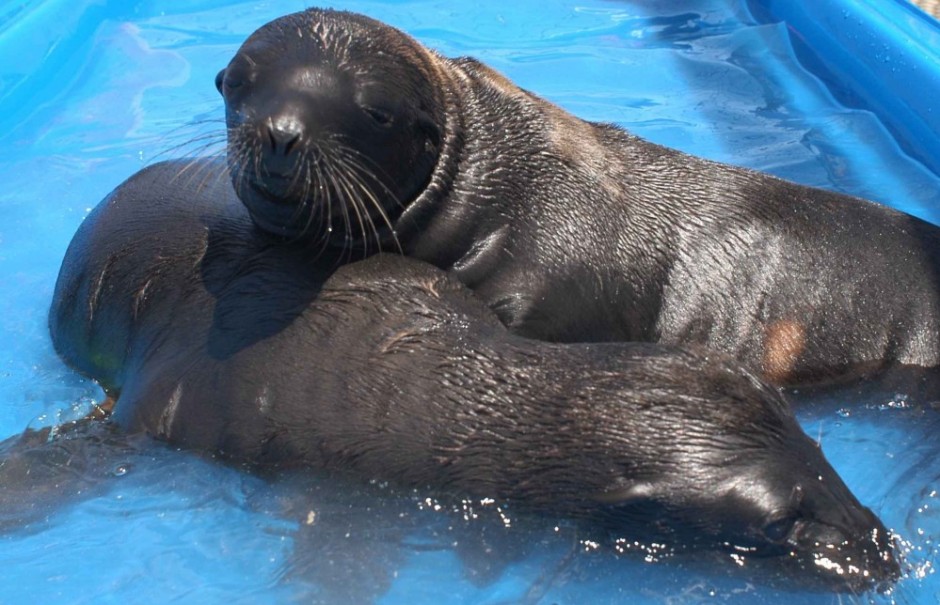Bottlenose dolphins (Tursiops truncatus) are provisionally assigned to 33 distinct stocks in the northern Gulf of Mexico. These stocks are based upon descriptions of relatively discrete “communities” of dolphins and Pensacola Bay and Choctawhatchee Bay are considered to harbor separate stocks for the purpose of management under the Marine Mammal Protection Act. Bottlenose dolphins in the western Florida Panhandle (Choctawhatchee Bay to Pensacola Bay) have been studied since 2006 through the joint efforts of the Physiological Ecology and Bioenergetics Lab, UCF and the Sarasota Dolphin Research Program. In 2010 this area was exposed to oil from the Deepwater Horizon oil spill prompting concerns about potential short- and long-term impacts on local dolphin populations, including trophic web disruption. Our projects are exploring bottlenose dolphins and fish ecology in the region to determine any potential impacts.
Choctawhatchee Bay is a series of complex habitats that are strongly influenced by freshwater input and salinity stratification with East Choctawhatchee Bay receiving a large volume of freshwater from the Choctawhatchee River. Santa Rosa Sound is a priority conservation area for sturgeon and seagrass and is classified as “Outstanding Florida Water” by the Environmental Regulation Commission because of its natural attributes. The PB system includes five interconnected estuarine components, including Santa Rosa Sound. Most recently the Pensacola Bay region was exposed directly to oil from the Deep Water Horizon oil spill during summer 2010 and indeed oil continues to be seen in the region.
